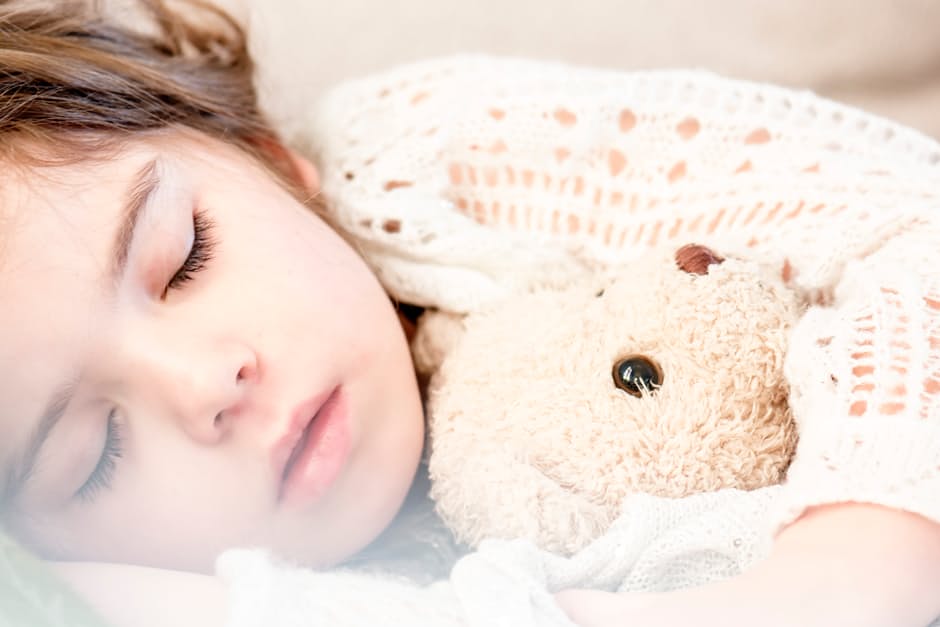This review is being led by members of PenCRU; more information about PenCRU and the family faculty can be found here.
This review is being led by the Evidence Synthesis Team.
Why did we do this review?
Sleep positioning systems are prescribed to support body posture while lying. The systems are made from a variety of different materials, including special foams that conform to body shape or a series of straps that hold the body in one position. They are used with equipment to support sitting and standing, as part of 24-hour postural management programmes. Children with cerebral palsy, particularly those who are unable to walk can be recommended sleep positioning systems to reduce or prevent hip migration and improve comfort.
Hip migration is where the top of the thigh bone gradually moves away from the pelvis. It affects a substantial number of children with cerebral palsy who cannot walk, and it can be painful. Families and health professionals need evidence as to whether sleep positioning systems reduce or prevent hip migration and improve comfort, and any potential harmful effects, so they can make informed decisions about their use.
How did we do this review?
The research was a systematic review conducted for The Cochrane Library. This brings together all existing research on a particular question. To find studies that might help us to answer the question we searched the relevant academic literature.
Parent carers from PenCRU Family Faculty helped to develop the research question, set the criteria to decide which studies we should include or exclude and write this summary.
We were unable to find any studies that looked at how well the sleep positioning systems reduce or prevent hip migration, or any that looked at improving comfort at night, or any potential harmful effects. We found two studies that compared children’s quality of sleep when using and not using sleep positioning systems. No difference was found in the child’s quality of sleep whether sleeping in the system or not. One of these studies also measured the impact of sleep positioning systems on children’s pain. No difference was found between children’s pain scores as reported by the parent when the child was sleeping using or not using a sleep positioning system.
What did we find?
-
No randomised controlled studies have evaluated how well sleep positioning systems reduce or prevent hip deformity or their impact on physical functioning or quality of life.
-
Two small randomised controlled studies found no difference in sleep quality, and one of these studies also found no difference in pain scores whether the children were using or not using the sleep positioning system.
Quality of the research and cautionary notes
The results of these two randomised control trials need to be interpreted cautiously as both were small studies. Only 21 children aged 5 to 16, with cerebral palsy GMFCS Level III to V took part in the studies and all were established users of sleep positioning systems.
What next?
More rigorous research is needed to determine how well sleep positioning systems work and the risk of harmful effects. Such evidence is required to help families and professionals make informed decisions about the use of sleep positioning systems for children with cerebral palsy.
Further information
For more information view the protocol and read the paper. Read a printable version of this summary here.
Collaborators
- Ginny Humphreys
- Sallie Parker
- Donna Beswick